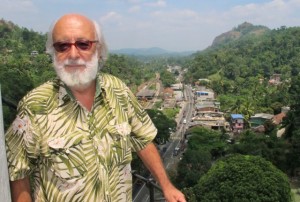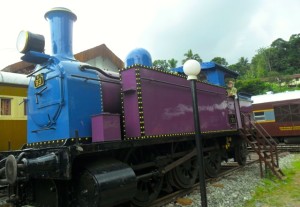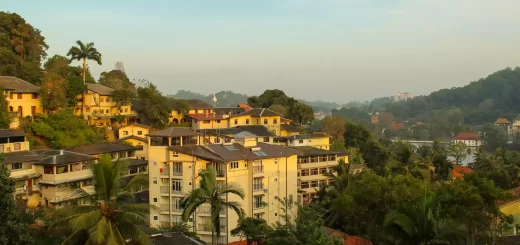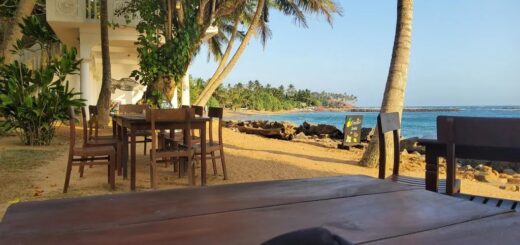SRI LANKA ROUNDABOUT (Number 15) – KADUGANNAWA’S UNUSUAL ATTRACTIONS
by Jetwing · Published · Updated
A weekly look at Sri Lanka for Jetwing by Royston Ellis
Welcome to Jetwingers around the world to this week’s issue of my regular Jetwing newsletter about Sri Lanka.
Kadugannawa is a town astride the A1 road to Kandy 100km from Colombo and about 10km before the A5 turn off at Peradeniya to the hill country. It’s a town most visitors drive through without stopping but it is worth taking a break there to see some unusual attractions.
The first indication that the town is different is the sight of half-a-dozen diesel and steam locomotives, and railway carriages, facing the road outside the Kadugannawa railway station. These herald the entrance to the National Railway Museum that was opened on 27 December 2014, the day on which Sri Lanka Railways commemorated 150 years since the first steam train operated in Sri Lanka (from Colombo to Ambepussa).
The museum has been created in an Edwardian station warehouse beside the road and incorporates one platform of the railway station where two old diesel locomotives are parked. The building is divided into halls filled with ancient railway equipment, signs, and fascinating railway memorabilia like a station sun dial. At the end of the building, a newly air-conditioned wooden carriage (formerly the Chief Engineer’s) has been equipped with 48 wooden seats where visitors can watch a video presentation about the history of the railways.
The most fascinating exhibit is a luridly painted steam shunting locomotive, No. E1 93, one of those built and imported between 1898-1928. Visitors are allowed to climb up to the cab. Admission to the Museum is Rs500 (Rs50 for Sri Lankans) and a replica railway ticket is given as a souvenir
Dawson’s Column
On the other side of the road, reached by taking the lane leading to the neglected Kadugannuwa rest house, is a towering monument to the man, Captain W F Dawson, responsible for building the road that opened up the formerly impenetrable kingdom of Kandy to the world. It looks like a misplaced lighthouse looming above the highway. It was erected in 1832.
Inside it is hollow with a narrow wooden staircase winding around the tower’s central column. It is not officially open it but when I visited I was lucky enough to meet the caretaker who let me in. It was a climb of 112 wooden steps to reach the top for a marvellous view.
Another Museum
There’s another open-air museum dedicated to transport only a couple of kilometres along the A1 towards Kandy, at Pilimatalawa that features a gathering of vintage steamrollers, painted red and green. Venture inland alongside the rail track for a few metres and you’ll come to another relic of colonial infrastructure. This is a grand brick bridge built in 1826 as part of the original Kandy Road and is typical of the unusual sights to be glimpsed unexpectedly while touring Sri Lanka.
Royston Ellis (www.roystonellis.com) is a British author resident in Sri Lanka since 1980.






